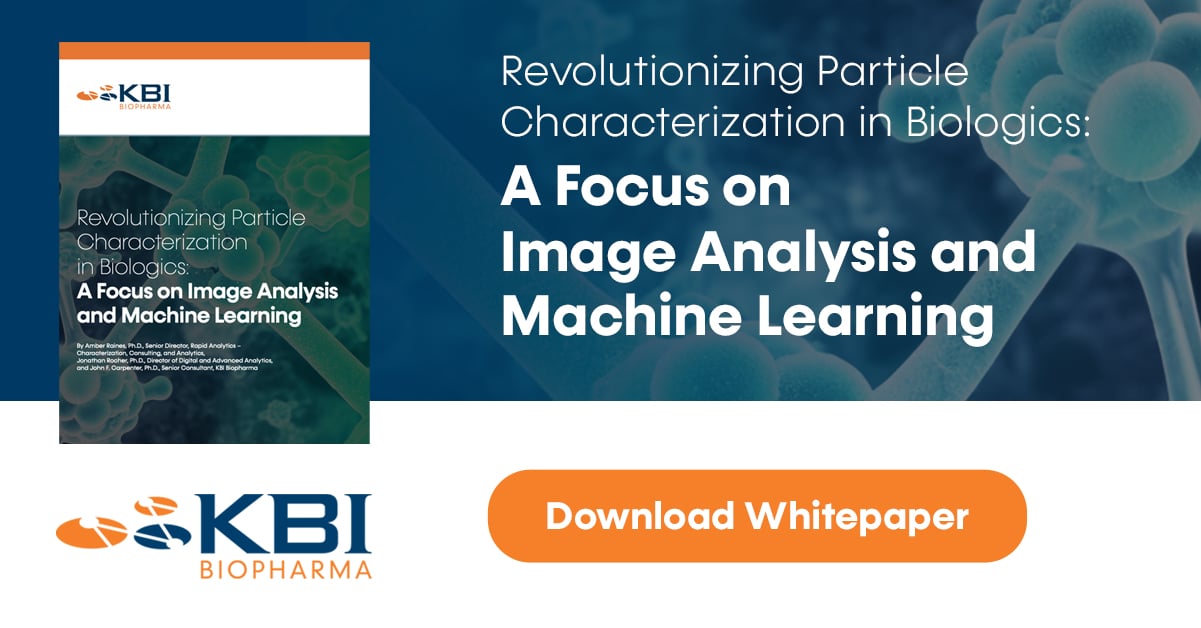1 min read
Micro-Flow Imaging (MFI 5200) | Lab Equipment
MFI is a more sensitive orthogonal method to LO that detects particles (≥ 1 µm) using bright-field images captured as a solution passes through a...
Imaging Flow Cytometry (IFC) is an emerging particle characterization method that simultaneously collects optical (bright-field, side-scatter) and fluorescence images of individual particles in suspension at high throughput. The data reported by this method includes particle concentration, particle size distribution, particle ID by fluorescence or morphology, and multi-spectral images of every particle. IFC can detect particles as small as 100 nm and up to 60 x 240 µm.
With IFC, sample fluid is focused into a narrow core region using sheath focusing, enabling collection of high-resolution images at 100% sampling efficiency. Microscopic images of particles within the sample core are collected in time-delayed integration (TDI) mode (where photons are collected for the time-of-flight of the particle) to produce in-focus images with exceptional sensitivity. The combination of sheath focusing and TDI renders IFC with distinct advantages compared to micro-flow imaging (MFI), including wider dynamic concentration range, improved image quality, smaller size limit of detection, and lower sample volume requirements. However, volumetric throughput is lower compared to MFI, therefore it is recommended to use these methods in parallel for characterization of dilute particles.
As a fluorescence method, IFC can be used characterize particles using fluorescence dyes. Fluorescence dyes are available to distinguish a wide variety of particle types such as proteinaceous particles, nanoparticles, silicone oil particles, protein-adsorbed silicone, protein-silicone agglomerates, viable and non-viable cells, and vaccine adjuvants1-5.
1 min read
MFI is a more sensitive orthogonal method to LO that detects particles (≥ 1 µm) using bright-field images captured as a solution passes through a...

1 min read
Dive deep into the world of biologics and discover the transformative power of image analysis and machine learning in particle characterization. ...
.png)
1 min read
Gain an in-depth understanding of KBI Biopharma's flexible and innovative platform technologies, designed to drive next-generation bioprocessing...